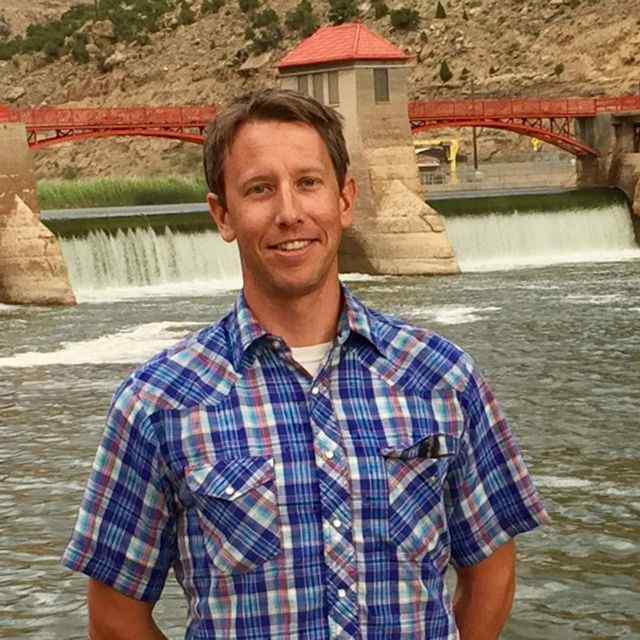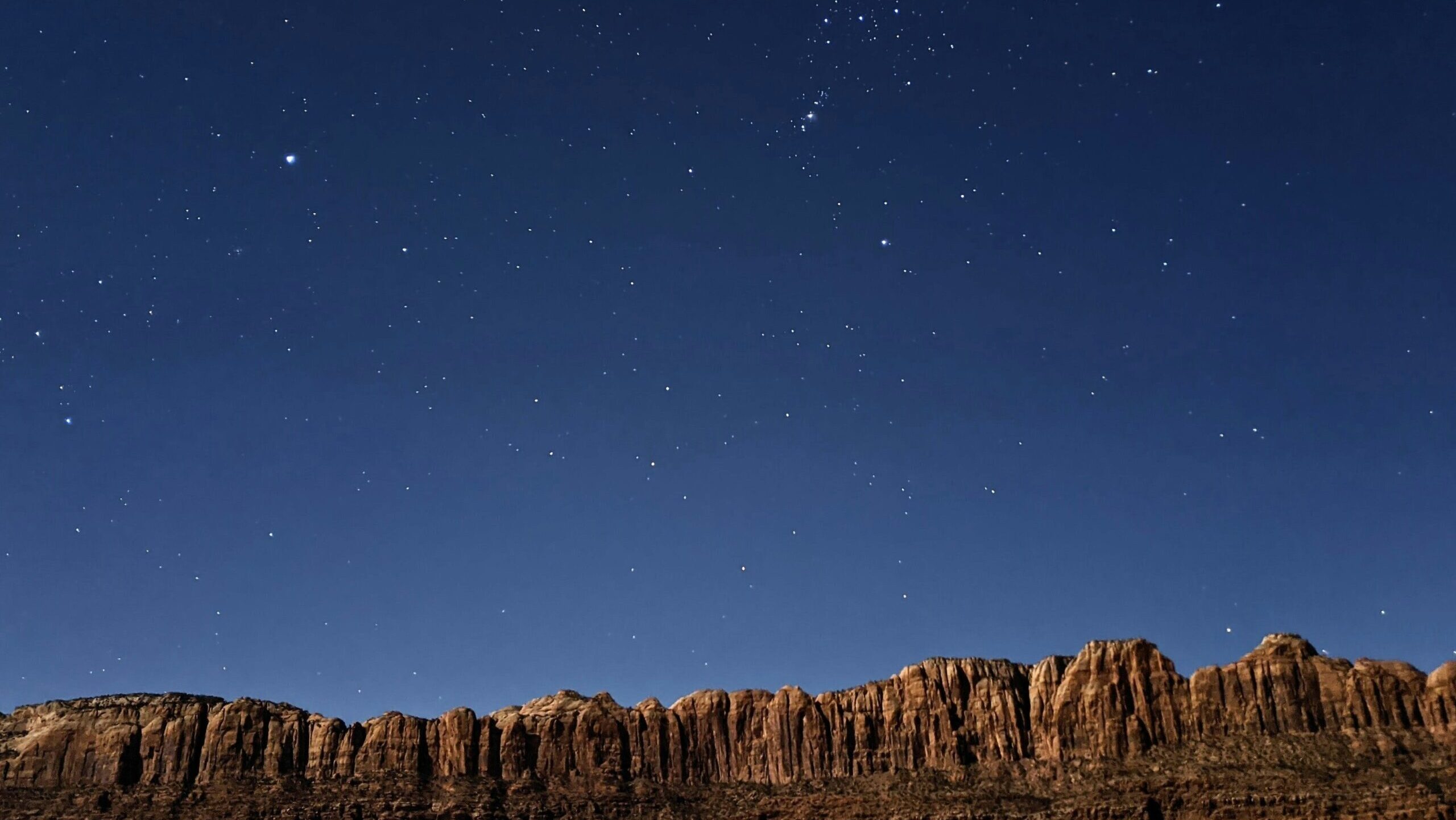Some information may be outdated.
Humans are using more water out of the Colorado River than the river can support, both for human use as well as for other life forms that live along and within the river. Agriculture is using approximately 80% of that water. The Nature Conservancy is working with farmers and ranchers throughout the Colorado River Basin on projects that will help their growing operations while also keeping more water in the river to benefit people and nature. Some of these partnerships include the Yampa River Valley, the Grand Valley, and the Price River in Utah.
Here, Science Moab talks with Aaron Derwingson, water projects director of the Colorado River Program for The Nature Conservancy. Derwingson and his team do freshwater conservation and restoration projects across the whole Colorado River Basin, involving a great combination of work in science and policy to direct projects on the ground. The main goal of this program is to ensure that there are sufficient water supplies for both people and nature.

Derwingson: The Price River has a recommended target for minimum flows for endangered fish that’s not often met. We were invited to come meet with the partners to see the issues on the river and the issues that agriculture and some of those communities had around water. It was an opportunity for us to engage, looking at a lot of things from water conservation to the system conservation pilot program, which is a voluntary program that compensates water users on a temporary basis to do some kind of limited irrigation to produce water savings and try to address system risks. Then we had an opportunity there to work with the Carbon Canal Company to figure out how we could be creative in improving management. Through this project, we made improvements to the Canal Company that allow them to operate it better and manage water so that we can direct excess water to the reservoir and then tie flow releases to the river and meet that flow target.
Science Moab: Local Nature Conservancy employees initiate contact by helping ranchers do some projects to get things to work more efficiently. These diversions, mechanical gates and ditches have been in use for 50-100 years. Is a lot of their work just giving some aid in maintaining them?
Derwingson: Yeah, it’s good to point out that most of the irrigation infrastructure in the Upper Colorado River Basin is pretty old. It was put in place with some incredible ingenuity and hard work at the time and you have to appreciate the work that went into building them. But they are outdated. The main challenge is that it’s really expensive work and it’s also a challenge for them to access the public funding that’s available. It benefits us all if we can improve how those mechanical ditches and diversions manage water. Then we continue to have good food security and good economics for rural communities, and the water in the right place at the right time.
Science Moab: What have been some of the biggest challenges you’ve had trying to approach and/or talk to ranchers and farmers about water conservation?
Derwingson: It just takes time to build trust. We’ve got to balance that time with some of the urgency we all feel around the state of the river these days. We’re mindful of wanting to do work that’s meaningful at the local level, as well as what can be meaningful to serve some of these basin-wide issues. And there can be tension there, right? I think so many farmers and ranchers have really been on the front lines of water scarcity and felt it directly for their businesses, that they’re more willing than a lot to really roll up their sleeves and figure out how to tackle it. They want to know that it’s going to be effective. The other big problem is there’s no “silver bullet” solution. It’s just a massively complex problem.
Science Moab: What are some of the takeaways you have from these conversations with a lot of the people on the ground?
Derwingson: One statistic that I always think about is that less than 2% of our population is in agriculture, which is astounding that such a small number of people are growing all of our food and fiber. There’s a tendency to look at the water issues in the basin, and hear the statistic that agriculture uses all the water, and then just point the finger and say “use less water.” Agriculture uses that water, but that’s all about us… it’s all of us eating and wearing cotton clothing that is part of that. At the end of the day, we really need agriculture to be a leader in helping figure this out and nobody leads well when they’re being blamed and having fingers pointed at them. So, how can we build those partnerships? Because we all depend on each other and the river at the end of the day.
Appreciate the coverage? Help keep local news alive.
Chip in to support the Moab Sun News.




